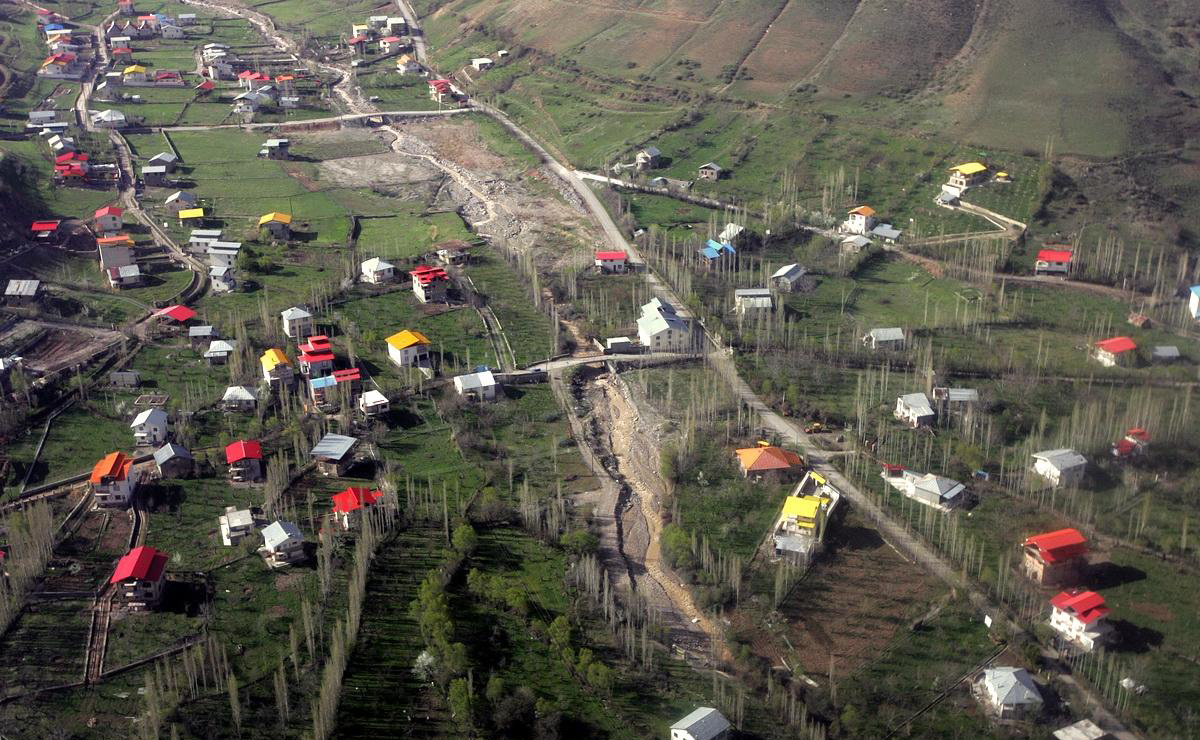As is the case in many developing countries, in Iran too migration to major urban areas has increased systemically over the past decades.
The National Population and Housing Census, conducted in last Iranian year (March 2016-2017), found that 74% of the country’s population of 80 million now lives in cities, up from 71.4% in 2011.
In short, barely 26% of the country’s population resides in rural areas – an unambiguous warning to policy and decision makers in Tehran that their rural development policy has been an abject failure.
For more than a quarter century social scientists and academia have warned successive governments in Tehran that their development policies are ineffective at best and that great danger lies ahead in terms of demographics and the infrastructure pressure on urban areas. But as is customary, their calls fell on deaf ears.
Of the total 4.7 million internal displacements in the year to March 2017, nearly 3.9 million, accounting for 84.4%, resulted in the search for a place to live in urban areas across the country. This is while only 15.6% of the total migration was in the opposite direction.
Based on the same census, joblessness and the search for better work prospects were among the main reasons for moving to the cities, the Financial Tribune’s sister publication, the Persian-language economic weekly Tejarat-e-Farda, reported.
The findings also said that the rate of population growth in cities in Iran is 1.97%, compared to 0.73% in rural areas.
The World Health Organization has estimated the average global growth rate of urban population between 2015 and 2020 to be 1.84% per year. Thus it must be said that the average annual rate of urbanization in Iran is higher than the global average.
Moreover, population distribution in the country is also uneven. The census said that currently 16.6% of the country’s total population lives in Tehran Province. Khorasan Razavi which is home to 8.1% of the population is the second most populous province. Isfahan (6.4%) and Fars (6.1%) are the third and fourth densely-populated provinces.
Climate Immigrants
Experts rightly point the finger of blame on drought and water shortages as among the main reasons villagers are moving out to the metropolises in increasing numbers.
“Severe drought has exacerbated the urban migration trend. Many farmers are moving to cities to find work turning many rural regions into ghost villages,” Fatemeh Paseban, assistant professor at the Agriculture Planning, Economic and Rural Development Research Institute, affiliated to the Ministry of Agriculture, wrote in the economic journal.
Available data shows 12.5% of the population lives in three eastern provinces of Khorasan Razavi, South Khorasan and Sistan-Baluchestan. “All three have been grappling with severe drought in recent years. Efficient management of water resources and empowerment of farmers are key measures that must be taken for preventing people from migrating,” she said.
Earlier, Seyed Abolfazl Razavi, a deputy to first vice-president for rural development and deprived areas, had said that “of the total 64,000 villages in the country, 33,000 have been almost totally deserted and 25,000 are each inhabited by less than 20 households.”
Larger metropolitan areas normally have better employment opportunities and openings with higher incomes compared to smaller towns and cities. This is particularly visible in the developing world.
Migration from one area to another in search of improved livelihood is a key feature of human history. While some regions and sectors fall behind in their capacity to support populations, others move ahead and people migrate to access these emerging opportunities. Industrialization widens the gap between rural and urban areas, including a shift of the workforce towards industrializing areas.
Migration from rural to urban areas expands due to several factors, namely joblessness, drought, natural growth of population and reclassification of rural areas as urban in course of time. Around 2/5th of the total urban growth in the developing countries is accounted by the rural to urban migration.
More than a half of the urban labor force works in the informal sector of low-skilled, low productivity, often self-employed jobs in sales and services.
Small wonder that the big urban areas in developing countries have long emerged as a magnet attracting people wanting to escape unproductive and dysfunctional local community economies in rural areas.


